Discover the St. Elizabeth Tunnel in the secluded Val di Tinne valley below the Villandro Alp
Image gallery: Villandro Silver Mine
The "mons argenti", the silver mountain of Villandro, was first documented in 1130. At that time, it was gifted to the Augustinian Canons' Monastery of Novacella near Bressanone. Frederick Barbarossa confirmed this donation in 1177 in Venice, securing a good income for the young monastery. To protect the mine, a fortress was later built at its base. The Villandro Silver Mine (Silberbergwerk Villanders) reached its peak in the 16th century. During the Middle Ages, the area was one of the most important ore mining areas in Tyrol.
The search focused on precious metals like gold and silver, but over time the goals became more pragmatic. The miners, whose life expectancy back then was at most 40 years, concentrated on copper, iron pyrite and zinc. The main mining area of the Villandro, or Fundres, Mine, "Rotlahn", was developed over the centuries through numerous tunnels. The higher ones were created first, followed by others below. A 25-kilometre network now permeates the mountain.
The mine was abandoned in the 20th century and fell into oblivion. It was only a few years ago that the St. Elizabeth and St. Lawrence Tunnels were extensively restored. Today, the Villandro Cultural and Museum Association offers exciting guided tours through the mine - a fascinating journey into the past in one of the few accessible mines in South Tyrol.
How to get to the Villandro Silver Mine: From the "Mühlele" Inn, heading towards Lazfons, a beautiful but demanding hike leads first to the miners' chapel of St. Anna and then on to the mine (2.5 hours). You'll enjoy unique views of the Dolomites along the way. Alternatively, you can park 300 metres below the tunnel entrance in Oberland on the road to the Villandro Alp.
Contact info
- Oberland 36 - 39040 - Villandro / Villanders
- +39 345 3115 661
- info@bergwerk.it
Opening times
Despite careful control we cannot guarantee the correctness of the provided data.
Admission
guided tour to the St. Elizabeth Tunnel:
€ 11.00 adults
€ 9.00 groups (15 and more persons)
€ 9.00 seniors 65+
€ 9.00 students 18+
€ 5.00 children and students (6-18 years)
free for children under 6 years
discount with the ChiusaCard
------------------------------------------------
family ticket:
€ 25.00 2 adults with children up to 15 years
------------------------------------------------
school classes (upon reservation):
€ 5.00 school classes (6-18 years)
€ 9.00 school classes (18+ years)
------------------------------------------------
guided tour to the St. Elizabeth and St. Lawrence Tunnels:
€ 17.00 adults
€ 15.00 groups (15 and more persons)
€ 15.00 seniors 65+
€ 15.00 students 18+
€ 9.00 children and students (6-18 years)
------------------------------------------------
family ticket:
€ 38.00 2 adults with children up to 15 years
More information
The silver mine stays open every year from the end of April to the end of October and is only accessible as part of a guided tour (approx. 1.5 hours): A tour through the St. Elizabeth Tunnel is offered every Tuesday and Thursday at 10.30 am and 2.30 pm, and on Sundays at 10.30 am, reservation not needed. The tour through the St. Elizabeth and St. Lawrence Tunnels is offered in July and August every Wednesday at 10.30 am, and otherwise upon request.
Individual special tours are also possible in winter from November to March upon request. Warm clothing and sturdy shoes are required; the temperature in the tunnel is a constant 8 degrees C.
Season start 2025 on April 22.
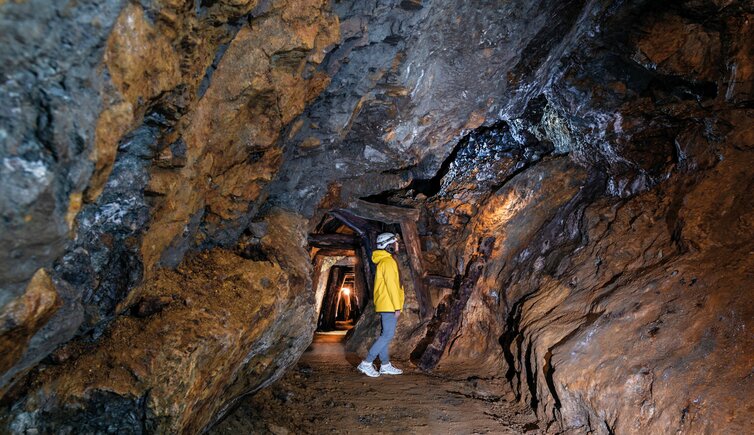
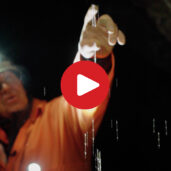
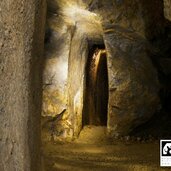
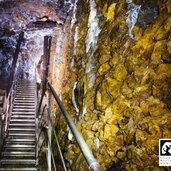
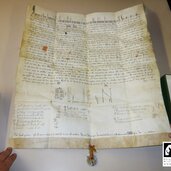
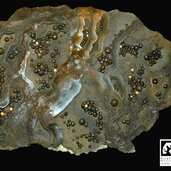
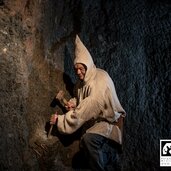
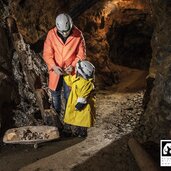
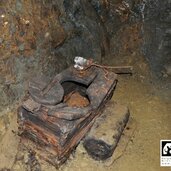
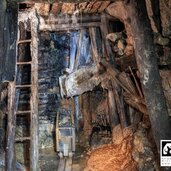
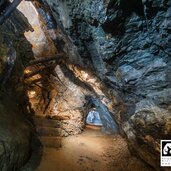
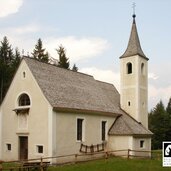











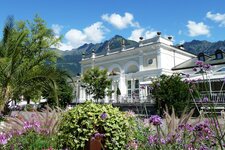

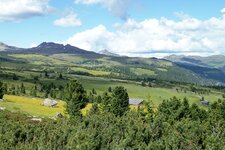
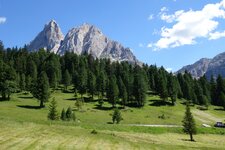
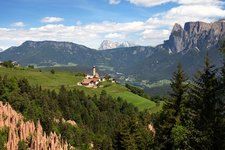
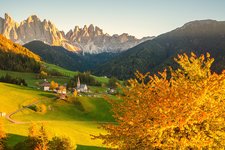
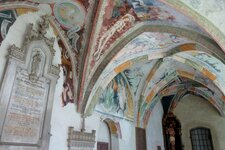

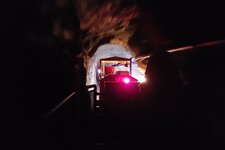
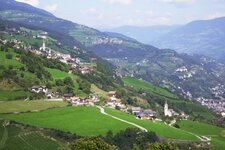

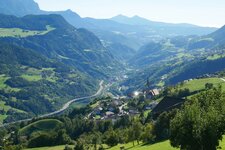
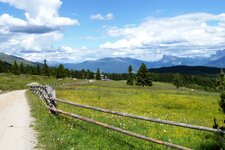


































































































.jpg)




































